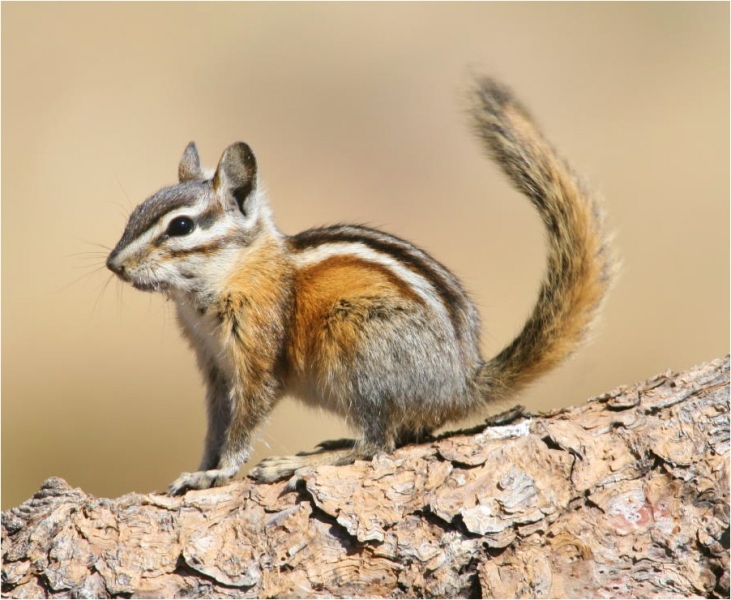The Effects of TORPOR or Lack thereof
By Dave Hanks
There are several definitions of torpor: sluggishness, apathy, suspension of physical powers, or dormancy. ESTAVATION is a summer torpor that occurs with species that live in warm climates. It occurs during the hottest time of the year. HIBERNATION is winter torpor. We, here in Idaho, are most familiar with this type. All species go through some type of torpor. Nocturnal animals sleep during the day, and diurnal species do the opposite.
Torpor is an involuntary thing. The HYPOTHALAMUS is the part of the brain that controls body temperature, hunger, sex drive, moods, and sleep (TORPOR). Changes in the weather or fatigue can stimulate the onset of torpor. When waking from torpor, hibernating animals waken very slowly and are very groggy.
HISTAMINE is an organic, nitrogen compound involved in immune responses and physiological functions. It is believed that the production of this chemical is a natural inducer of hibernation (torpor).
Bears and many rodents are not true hibernators. Their heartbeats and temperatures do not go down to the degree that other hibernators do.
This allows them to awake periodically to eat from a food cache, defecate, and drink.
An interesting study with chipmunks has shown that lack of torpor can kill.When winters are warmer than usual, these rodents fail to go into their natural torpor cycle. The results are that about a 90 percent loss of life occurs within a population that doesn’t get the required sleep. This is contrasted against a 90 percent winter survival rate with populations that get the needed sleep.
(A well rested and very much alive Chipmunk)
|
